Xin Ren
Multiple Kernel Clustering via Local Regression Integration
Oct 20, 2024Abstract:Multiple kernel methods less consider the intrinsic manifold structure of multiple kernel data and estimate the consensus kernel matrix with quadratic number of variables, which makes it vulnerable to the noise and outliers within multiple candidate kernels. This paper first presents the clustering method via kernelized local regression (CKLR). It captures the local structure of kernel data and employs kernel regression on the local region to predict the clustering results. Moreover, this paper further extends it to perform clustering via the multiple kernel local regression (CMKLR). We construct the kernel level local regression sparse coefficient matrix for each candidate kernel, which well characterizes the kernel level manifold structure. We then aggregate all the kernel level local regression coefficients via linear weights and generate the consensus sparse local regression coefficient, which largely reduces the number of candidate variables and becomes more robust against noises and outliers within multiple kernel data. Thus, the proposed method CMKLR avoids the above two limitations. It only contains one additional hyperparameter for tuning. Extensive experimental results show that the clustering performance of the proposed method on benchmark datasets is better than that of 10 state-of-the-art multiple kernel clustering methods.
* in Chinese language
Discovering Malicious Signatures in Software from Structural Interactions
Dec 19, 2023
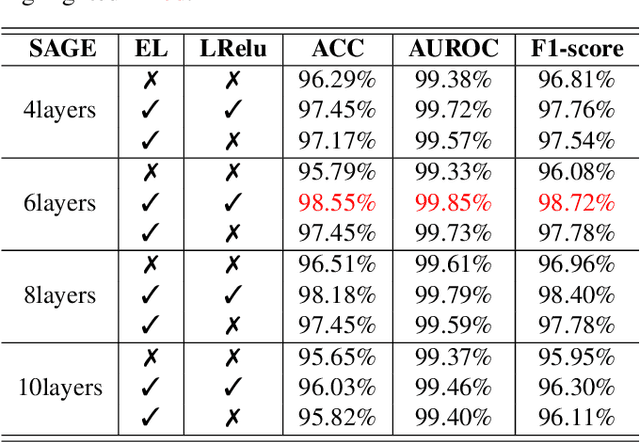
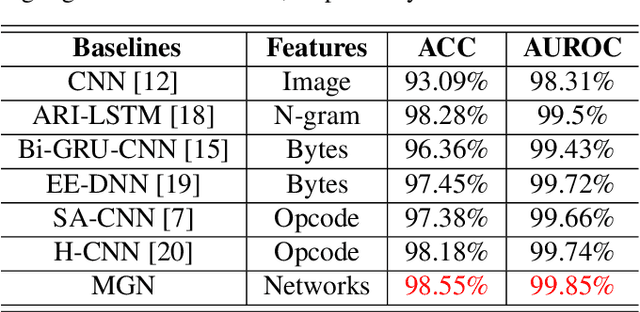
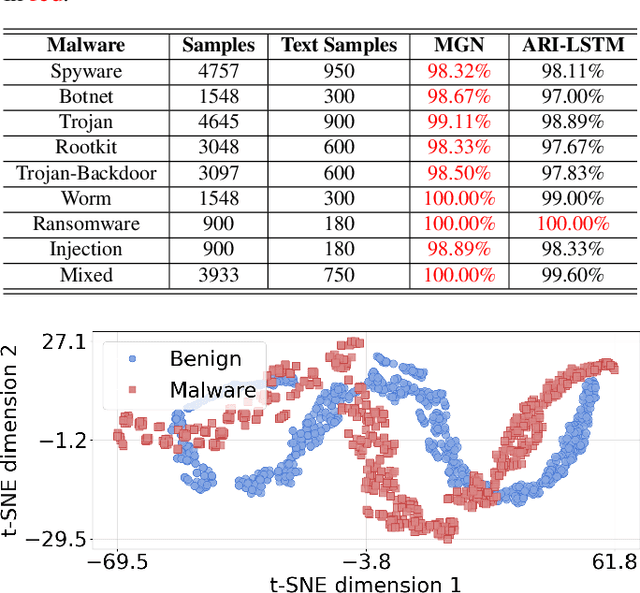
Abstract:Malware represents a significant security concern in today's digital landscape, as it can destroy or disable operating systems, steal sensitive user information, and occupy valuable disk space. However, current malware detection methods, such as static-based and dynamic-based approaches, struggle to identify newly developed (``zero-day") malware and are limited by customized virtual machine (VM) environments. To overcome these limitations, we propose a novel malware detection approach that leverages deep learning, mathematical techniques, and network science. Our approach focuses on static and dynamic analysis and utilizes the Low-Level Virtual Machine (LLVM) to profile applications within a complex network. The generated network topologies are input into the GraphSAGE architecture to efficiently distinguish between benign and malicious software applications, with the operation names denoted as node features. Importantly, the GraphSAGE models analyze the network's topological geometry to make predictions, enabling them to detect state-of-the-art malware and prevent potential damage during execution in a VM. To evaluate our approach, we conduct a study on a dataset comprising source code from 24,376 applications, specifically written in C/C++, sourced directly from widely-recognized malware and various types of benign software. The results show a high detection performance with an Area Under the Receiver Operating Characteristic Curve (AUROC) of 99.85%. Our approach marks a substantial improvement in malware detection, providing a notably more accurate and efficient solution when compared to current state-of-the-art malware detection methods.
Deep Learning Eliminates Massive Dust Storms from Images of Tianwen-1
Jun 21, 2022



Abstract:Dust storms may remarkably degrade the imaging quality of Martian orbiters and delay the progress of mapping the global topography and geomorphology. To address this issue, this paper presents an approach that reuses the image dehazing knowledge obtained on Earth to resolve the dust-removal problem on Mars. In this approach, we collect remote-sensing images captured by Tianwen-1 and manually select hundreds of clean and dusty images. Inspired by the haze formation process on Earth, we formulate a similar visual degradation process on clean images and synthesize dusty images sharing a similar feature distribution with realistic dusty images. These realistic clean and synthetic dusty image pairs are used to train a deep model that inherently encodes dust irrelevant features and decodes them into dust-free images. Qualitative and quantitative results show that dust storms can be effectively eliminated by the proposed approach, leading to obviously improved topographical and geomorphological details of Mars.
Manifold Adaptive Multiple Kernel K-Means for Clustering
Sep 30, 2020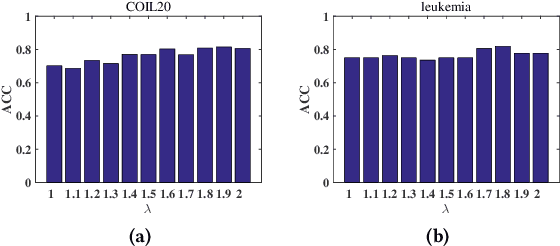
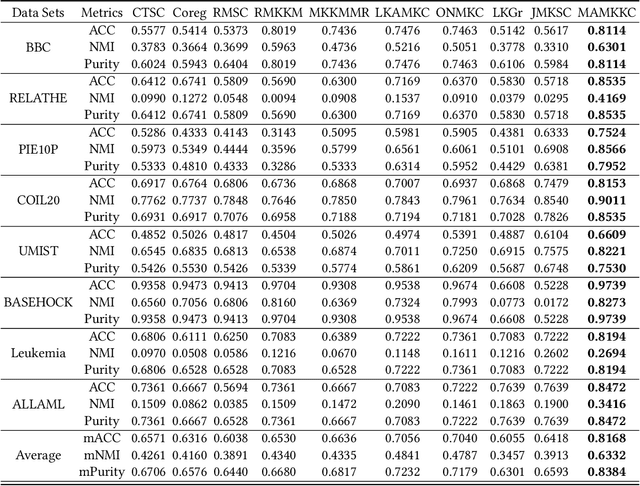
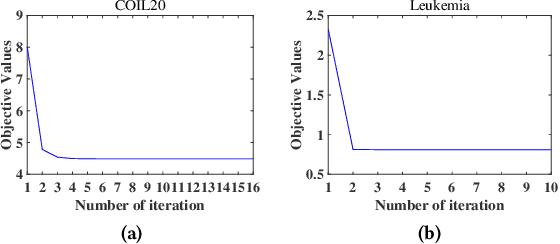
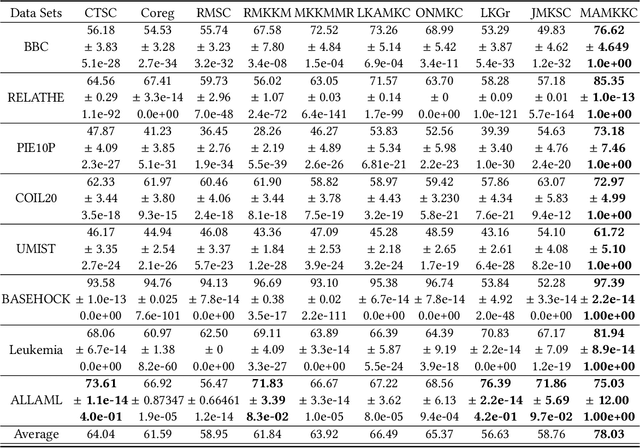
Abstract:Multiple kernel methods based on k-means aims to integrate a group of kernels to improve the performance of kernel k-means clustering. However, we observe that most existing multiple kernel k-means methods exploit the nonlinear relationship within kernels, whereas the local manifold structure among multiple kernel space is not sufficiently considered. In this paper, we adopt the manifold adaptive kernel, instead of the original kernel, to integrate the local manifold structure of kernels. Thus, the induced multiple manifold adaptive kernels not only reflect the nonlinear relationship but also the local manifold structure. We then perform multiple kernel clustering within the multiple kernel k-means clustering framework. It has been verified that the proposed method outperforms several state-of-the-art baseline methods on a variety of data sets.
 Add to Chrome
Add to Chrome Add to Firefox
Add to Firefox Add to Edge
Add to Edge